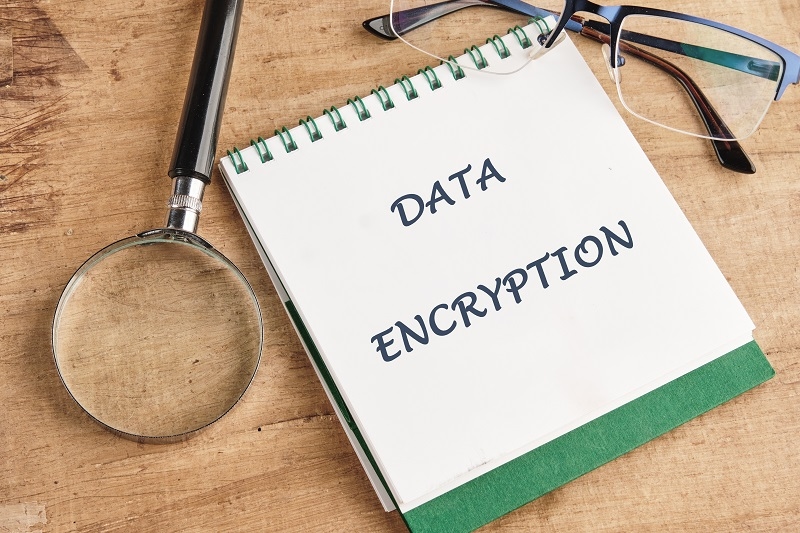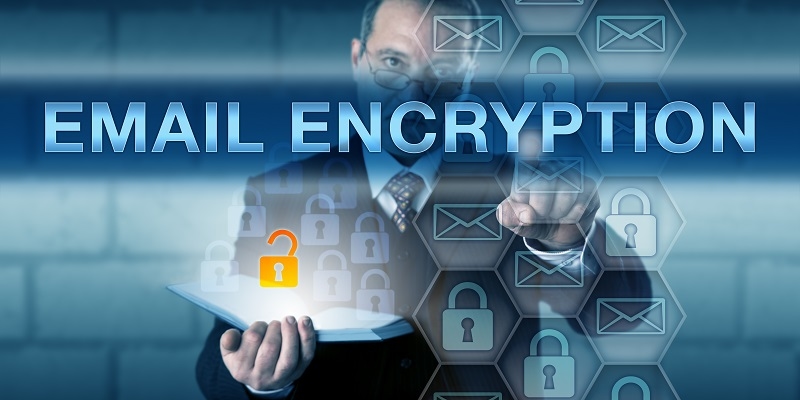
In the modern data economy, guarding your confidential business data is not only a good idea—it's a requirement. With rising attacks by hackers, data breaches, and insider threats, knowing how data encryption techniques safeguard your business communications can be security and disaster. From end-to-end encryption to AES encryption, US businesses are looking for more intelligent ways of safeguarding data in transit and at rest.
In this guide, we will discuss the top methods of data encryption employed today, explain how they work, and describe practical uses, such as encrypting cloud storage USA and employing secure email encryption software. As a small startup or an enterprise, knowing these encryption strategies will build up your digital core.
Data encryption is the method of transforming readable data into coded forms that third parties cannot read. The decryption key is required only by authorized users to make the information readable again. This provides confidentiality, integrity, and authenticity in digital communications and data storage.
Encryption has two main purposes:
Every email, file, or transaction your organization sends or receives is an avenue for failure. Data breaches can expose client data, intellectual property, and internal communication, which can result in fines and serious damage to your reputation.
Data encryption techniques offer an organization protection for its communications and storage infrastructure, so even if a malicious user intercepts the data, they cannot decode the information.
Advantages include:
End-to-end encryption (E2EE) guarantees that only the communicating users are able to read the messages. Data is encrypted on the sender's side and decoded exclusively by the intended recipient, blocking any third party—even service providers—from reading the content.
By implementing end-to-end encryption into communication systems within an enterprise, organizations can significantly minimize the threat of man-in-the-middle attacks or unauthorized access to data.
Advanced Encryption Standard (AES) is a symmetric block cipher encryption method employed worldwide by governments, banks, and technology giants. If you need powerful data encryption techniques, AES encryption explained is essential to know.
By employing AES-based data encryption practices, organizations can achieve rigorous regulatory compliance and safeguard sensitive data assets effectively.
Remote working and digital collaboration are quickly becoming the norm, and as a result, a great deal of sensitive information is going to be stored in the cloud. Without encryption, however, the cloud storage option is an attractive target for cyber attackers.
Encrypting cloud storage USA refers to encryption techniques applied before the data is uploaded to the cloud so that the data is protected even if the cloud servers are hacked.
In shared settings, businesses are placing a priority on encrypted cloud storage USA to ensure that they are retaining control over data confidentiality.

Emails continue to be the preferred form of communication for businesses — and the main target for cybercriminals.Emails can be intercepted, altered, and exposed if not encrypted. Email encryption software mitigates this risk.
With secure email encryption software, business correspondence, legal papers, financial statements, and contracts are securely sent.
Secure Sockets Layer (SSL) is the standard security protocol used to create encrypted connections between a web server and a browser.SSL certificates keep anything you share private.
Any company that is handling sensitive data- especially companies engaged in eCommerce, law firms, and banking companies- should put SSL certificates on the list of strategies in their data encryption techniques.
Organizations use a variety of encryption methods to secure data. AES is a symmetric method widely applied to cloud storage and databases due to its speed and use around the world. RSA is an asymmetric technique that secures emails and digital signatures through secure key exchanges between parties. End-to-end encryption combines symmetric and asymmetric encryption methods to provide the greatest benefit for messaging and conferencing tools as it secures the content between only the users instead of the service provider.
SSL/TLS combines asymmetric and symmetric encryption to protect all of the data when transferring web-based data by encrypting the traffic between the web server and web browser while using encrypted protocols. PGP (Pretty Good Privacy) is a hybrid method and provides strong privacy for email.
Knowing which data encryption techniques to employ—and when—may be the foundation of your organization's cybersecurity defense.
Not all methods are suitable for all businesses. Choosing the most suitable data encryption methods is based on your business, data sensitivity, compliance requirements, and budget.
We all agreed the best approach would be a layered encryption model:
This multi-level strategy prevents a single point of failure from breaking your business communications.
Numerous data protection regulations currently require or suggest certain data encryption techniques to remain compliant. Below are some of the most important regulations businesses need to consider:
Deploying these data encryption practices not only enhances security, but it also minimizes liability in the case of a breach.
Our digital, connected world is continuing to increase threats to data privacy and business communications. Business data encryption techniques such as end-to-end encryption, AES encryption, and secure email encryption tools give organizations control of their most valuable assets: information and trust.
Whether it is encrypting cloud storage USA or why an SSL certificate is important, taking proactive measures around encryption can help you protect your brand, customers, and future.
If your organization has not already audited its data security protocols, do so now. Encryption is not just an IT issue; in the new millennium, it is a business opportunity.
This content was created by AI